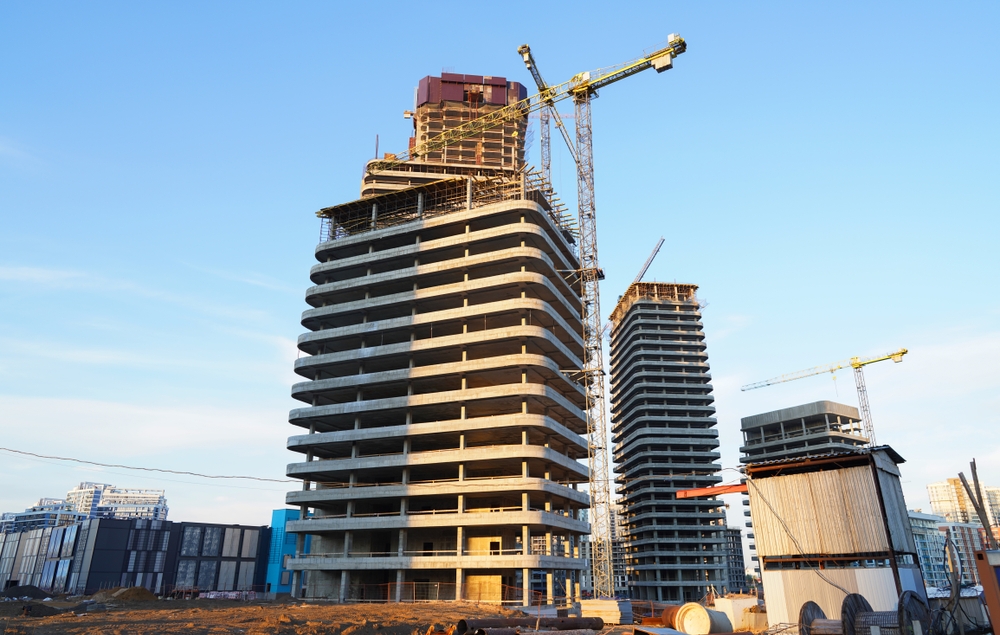Building Technologies: Security and Safety in Real Estate
Building Technologies: Enhancing Security and Safety in Real Estate

Introduction
As the real estate industry evolves, enhancing security and safety has become a top priority for property developers and managers. Building technologies are at the forefront of this transformation, providing innovative solutions to protect occupants and assets. This article explores how advanced building technologies are improving security and safety in real estate and their impact on modern properties.
Advanced Security Systems
Modern security systems have become increasingly sophisticated, integrating various technologies to provide comprehensive protection for properties. Key advancements include:
- Smart Surveillance Cameras: These cameras offer high-definition video, real-time monitoring, and advanced analytics. Features like motion detection, facial recognition, and license plate recognition enhance the ability to identify and respond to security threats promptly.
- Access Control Systems: Modern access control systems use biometric identification, smart cards, and mobile credentials to manage who can enter a building. These systems can be integrated with other security technologies to provide a seamless and secure access experience.
- Intrusion Detection Systems: Advanced sensors and alarms detect unauthorized entry and can alert property managers and law enforcement in real-time. These systems often include features like tamper detection and automated notifications to enhance security.
For more information on smart surveillance and access control systems, visit Security Magazine and Electronic Security Association.
Fire Safety Technologies
Ensuring fire safety is a critical aspect of building management. Advanced fire safety technologies include:
- Smart Fire Alarms: These alarms provide real-time alerts and can be integrated with other building systems, such as HVAC, to manage smoke and fire. Some models also offer remote monitoring and notifications to emergency services.
- Fire Suppression Systems: Modern fire suppression systems use advanced technologies such as water mist, foam, and gas-based systems to extinguish fires quickly and effectively. These systems are designed to minimize damage and enhance safety.
- Fire Safety Analytics: Building technologies now include analytics tools that monitor and assess fire safety systems’ performance. These tools help identify potential issues before they become critical and improve overall fire safety management.

Emergency Communication Systems
Effective communication during emergencies is essential for ensuring safety. Building technologies support this by:
- Mass Notification Systems: These systems can broadcast alerts and instructions to occupants via multiple channels, including text messages, emails, and public address systems. They ensure that everyone is informed and can respond appropriately in emergencies.
- Emergency Response Integration: Advanced systems integrate with emergency services to provide real-time information about incidents, enhancing coordination and response times.
- Interactive Building Maps: Digital maps and wayfinding systems help occupants navigate the building during emergencies, improving evacuation efficiency and safety.
Cybersecurity for Smart Buildings
As buildings become more connected, cybersecurity has become a crucial aspect of protecting property and occupant information. Key measures include:
- Network Security: Ensuring that building management systems and IoT devices are protected from cyber threats through secure network protocols and encryption.
- Regular Updates and Patching: Keeping software and firmware up to date to address vulnerabilities and enhance security.
- Access Controls: Implementing strict access controls to prevent unauthorized access to building systems and data.
Integration and Automation
Building technologies are increasingly integrated to provide a cohesive security and safety strategy. Integrated systems allow for real-time data sharing and coordinated responses across different security and safety functions. For example, if a fire alarm is triggered, the system can automatically lock doors, guide occupants to safety, and notify emergency services.
Conclusion
Building technologies are playing a pivotal role in enhancing security and safety in real estate. From advanced surveillance and access control systems to fire safety technologies and emergency communication systems, these innovations provide comprehensive protection for properties and their occupants. As technology continues to advance, we can expect even more sophisticated solutions to emerge, further improving the safety and security of buildings.
To learn more about implementing advanced security and safety technologies in your property, contact us here.
Read more related articles to enhance your knowledge and make informed decisions
10 Essential Steps in the Building Construction Process
How to Choose the Right Materials for Your Construction Project








